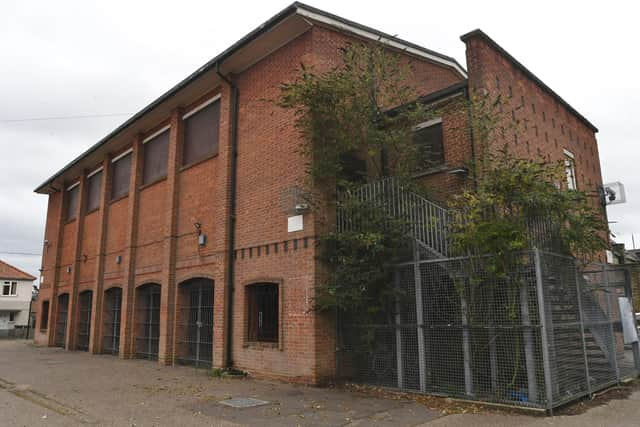RAAC found in third Peterborough council building
and live on Freeview channel 276
A third Peterborough City Council building is being surveyed after Reinforced Autoclaved Aerated Concrete (RAAC) was found inside.
Last week, the city council said the Key Theatre and the Regional Pool would be closed after RAAC was found inside.
Advertisement
Hide AdAdvertisement
Hide AdNow a third building in the city has been confirmed to have the concrete inside – however, it is thought no other properties will be impacted by the RAAC crisis.


The council has already confirmed no schools in the city have RAAC.
A Peterborough City Council spokesperson said: “At the end of August, three properties were identified as being suspected RAAC. These were the Regional Pool, The Key Theatre and Unit 7 New England Complex. All other properties were confirmed as not having RAAC.”
The council also confirmed Unit 7, located in Lincoln Road, has been vacant for 10 years.
Advertisement
Hide AdAdvertisement
Hide AdSurveys are being carried on all three buildings to find out what work will need to be carried out to make them safe.
There has been no announcement on when the pool and theatre will be able to re-open – although a statement on the Key Theatre website says: “Our landlords Peterborough City Council are urgently surveying and identifying remedial works required however at this stage we don’t know the precise scope that this work will entail. Whilst this is established, we have taken the decision to remain closed until 15th October 2023.”
Peterborough MP Paul Bristow called on the council to give a timetable on when the sites may be back open – but council leader Wayne Fitzgerald said: “Unfortunately councils up and down the country are facing the same issues as we are in Peterborough with buildings of a certain age built using RAAC.
“The detailed surveys that we are now carrying out on the Key Theatre and the Regional Pool will mean that we have a better idea of the work needed to ensure that the buildings are safe and when they may be able to reopen.”
Advertisement
Hide AdAdvertisement
Hide AdRAAC was used to construct schools, colleges, and other buildings between the 1960s to 1990s, but only has a life expectancy of around three decades. A number of buildings across the country been forced to close due to health and safety fears.